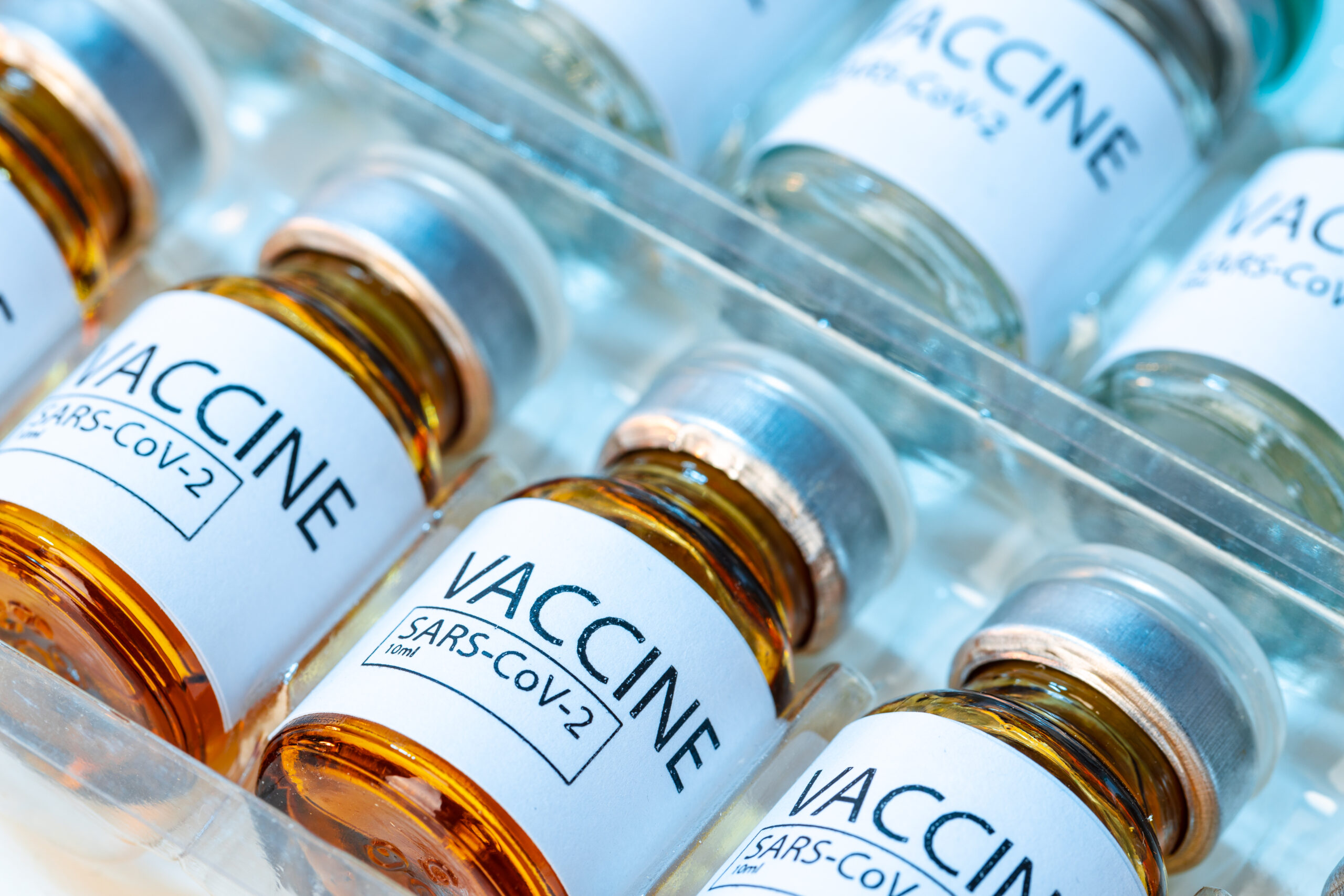
In extremely rare cases, side effects from the COVID-19 vaccines have caused death in the vaccine recipients. The lives saved from the vaccines far exceed the fatalities from them.
The main side effects from the vaccines that have turned fatal are thrombosis with thrombocytopenia syndrome (TTS), and myocarditis or pericarditis.
In TTS, there is a formation of blood clots in large blood vessels and a low platelet count. This side effect was observed with the J&J/Janssen COVID-19 vaccine in about 4 cases per million doses of vaccine administered. This vaccine is now discontinued.
Myocarditis (swelling of the heart muscle) or pericarditis (swelling of the outer lining of the heart) are a known side effect of the mRNA-based Pfizer and Moderna vaccines. This occurred in 2-20 persons out of every 100,000 vaccine recipients who were young males (teenagers or those in their 20s).
Data about adverse effects of the COVID-19 vaccines
The speed at which the COVID-19 vaccines were generated, moved through clinical trials, and rolled out for the public remains a stunning testament to our current state of technological advancement. To ensure that any adverse effects from the vaccines that may have been missed during clinical trials are rapidly known to the healthcare authorities, adverse effect monitoring systems for the COVID-19 vaccines were established.
In the U.S., the CDC and FDA jointly run the Vaccine Adverse Effects Reporting System (VAERS). This is an open online system that anyone can use to report adverse effects of the vaccines that they or their family members experienced after getting the COVID-19 vaccine. Healthcare providers and vaccine manufacturers are required to submit any adverse effects from the vaccine into the VAERS system.
Once submitted, clinicians at the CDC and FDA analyze the data for any unusual adverse effects that might have not been noticed in the clinical trials but pose a danger to the vaccinated population.
The data from VAERS can be accessed by everyone. However, the data is not verified or curated. Independently submitted reports may not contain all the relevant information that can establish a causal relationship between the vaccine and the adverse effect. For example, any death that occurs after getting any COVID-19 vaccine will be entered into the system. However, the person may have got the vaccine and died of something else which can be hard to ascertain without proper medical examination of their medical records, autopsy reports, etc. Nevertheless, data from VAERS can indicate trends and patterns of adverse effects most people are observing.
Similar data is collected from the public in other parts of the world. In the EU, the European Medicines Agency (EMA) used the EudraVigilance system to collect information about the adverse side effects of the vaccines.

How many people have died following vaccination?
In the U.S., the data from VAERS from December 14, 2020, to December 14, 2022, indicates 18,007 preliminary reports of death following COVID-19 vaccination. With 660 million doses of COVID-19 vaccines administered during this period, this includes 0.0027% of vaccine recipients. CDC and FDA clinicians reviewed these reports, including where available death certificates, autopsy records, and medical records. They were able to identify 9 deaths that had a causal relationship with the J&J/Janssen COVID-19 vaccination.
There are no verified reports of deaths in the U.S. caused due to myocarditis or pericarditis from Pfizer or Moderna’s mRNA-based vaccines, though there are reports of fatalities from other parts of the world. In Korea, out of 44,276,704 vaccinated individuals, 21 deaths have been attributed to vaccine-related myocarditis. The risk was considered very rare with 1.08 cases per 100,000 individuals who received at least one dose of mRNA COVID-19 vaccines.
Benefits/risk assessment of COVID-19 vaccines
In their publication titled, “Risk and Benefit of mRNA COVID-19 Vaccines for the Omicron Variant by Age, Sex, and Presence of Comorbidity: A Quality-Adjusted Life Years Analysis”, Taito Kitano and colleagues used a decision tree model to conduct a risk-benefit analysis of the vaccines. They calculated a risk-benefit ratio to quantify the advantages of the vaccines against the risks of it. A ratio of 1 or more indicates that the benefits outweigh the risks.
The vaccines considered were Pfizer and Moderna’s mRNA COVID-19 vaccines (4 doses including the primary 2 doses and 2 subsequent boosters). The time for which the risk-benefit analysis was conducted was 4-5 months after the vaccination. Since the risks can be vastly different for different age groups and sexes, the data was stratified by age, sex, and the presence of comorbidity (a health condition that can make the outcome of getting COVID-19 infection worse). The data used for the study was collected from peer-reviewed literature published on or before September 16, 2022.
The following were among the risk/benefit ratios calculated:
BNT162b2 vaccine (Pfizer-BioNTech)
- Males aged 12- 17 years (no comorbidity) risk benefit ratio for primary doses only = 6.8
- Females aged ≥65 (with comorbidities) risk benefit ratio for the third dose = 221.3
mRNA-1273 vaccine (Moderna)
- Males aged 12- 17 years (no comorbidity) risk benefit ratio for primary doses only = 7.2
- Females aged ≥65 (with comorbidities) risk benefit ratio for the third dose = 101.4
Young males who are teens or in their early 20s have a risk of vaccine-caused myocarditis or pericarditis. However, the risk-benefit ratio over 1 indicates that this group too has more to gain from getting the vaccines.
The scientists tested a variety of other scenarios and found that irrespective of the type of vaccine (Pfizer or Moderna), age, sex, and comorbidities, both primary and booster doses provided more benefits by protecting the omicron variant.
All the currently circulating SARS-CoV-2 variants of interest (XBB.1.5, XBB.1.16, EG.5, BA.2.86, and JN.1) have all descended from the Omicron variant.
The bottom line
The scientists at CDC and their partners state that they have performed detailed assessments of deaths that occurred following COVID-19 vaccinations. They inform us that, “People receiving COVID-19 vaccines are less likely to die from COVID-19 and its complications and are at no greater risk of death from non-COVID causes, than unvaccinated people.”
The information provided in our blog posts is for informational purposes only and is not intended as a substitute for professional medical advice, diagnosis, or treatment. Always seek the advice of your physician or other qualified health provider with any questions you may have regarding a medical condition. Never disregard professional medical advice or delay in seeking it because of something you have read on this blog.






